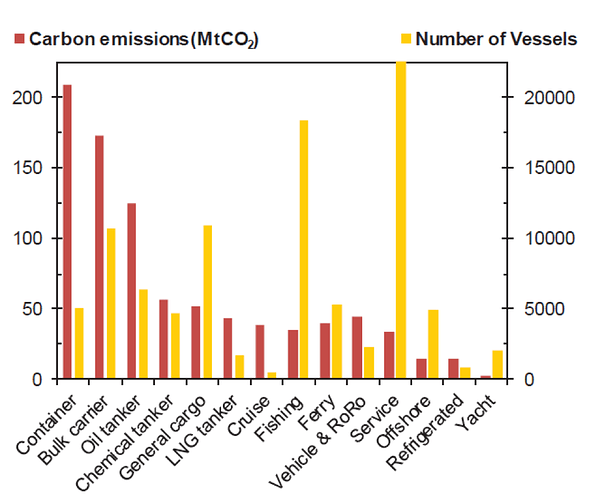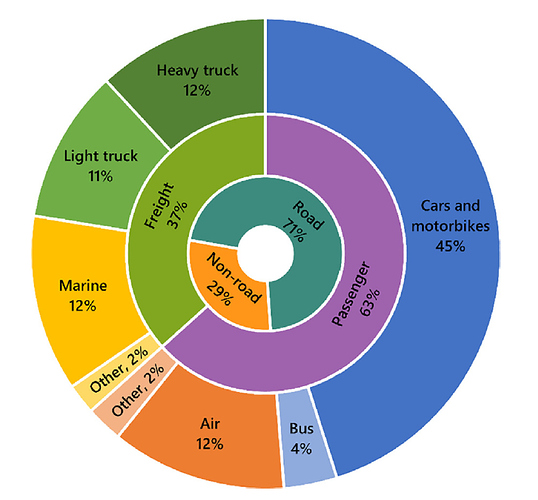How much does air and sea travel / freight contribute to CO2 emissions?
Answer by Esko Pettay, Operator, Sustainable Development and Weather, Meriaura Group:
CO2 emissions from aviation and shipping are comparable. In 2014, international shipping emitted over 1.1 billion tonnes of CO2, which accounts for 3.1% of global CO2 emissions. Global aviation emissions are almost 0.9 billion tonnes of CO2 in a year. Also, emissions per passenger per kilometre are similar in air and sea travel.
However, majority of shipping related emissions arise from transporting cargo, whereas aviation is dominated by passenger traffic.
The total number of passengers carried on scheduled flights was 4.1 billion and approximately 56 million tonnes of freight were carried in 2017.
It must be stated that aviation and shipping both affect climate also through other mechanisms than just CO2. Aviation causes cirrus-type clouds (linear contrails) on the airplane track and emits water vapour high in the atmosphere, which both have a climate warming effect. On the other hand, ships emit significant amounts of sulphur dioxide which produces sulphate particles in the air. These particles have a cooling effect on climate. When accounted for, these mechanisms increase the impact of aviation and reduce the share of shipping in climate warming.
Figure 1. The number of merchant ships (right axis) and their carbon emissions (left axis), by category in 2017. Ferry includes passenger and passenger-RoRo. (Balcombe et al., 2019)
Figure 2. Breakdown of energy usage in the transport sector globally in 2015. The outer ring gives the share of individual modes, the middle and inner rings aggregate these uses (Balcombe et al., 2019).
More info about emissions of passenger ships can be found here:
Average emissions and energy use of maritime passenger transport in Finland in 2016 http://lipasto.vtt.fi/yksikkopaastot/henkiloliikennee/vesiliikennee/kaikki_matkustajae.htm
Aviation statistics:
International Civil Aviation Organization (ICAO)
https://www.icao.int/annual-report-2017/Pages/the-world-of-air-transport-in-2017.aspx
More info and charts from here:
Balcombe, P. et al., How to decarbonise international shipping: Options for fuels, technologies and policies, Energy Conversion and Management, 182, 72-88 (2019). https://www.sciencedirect.com/science/article/pii/S0196890418314250?via%3Dihub



